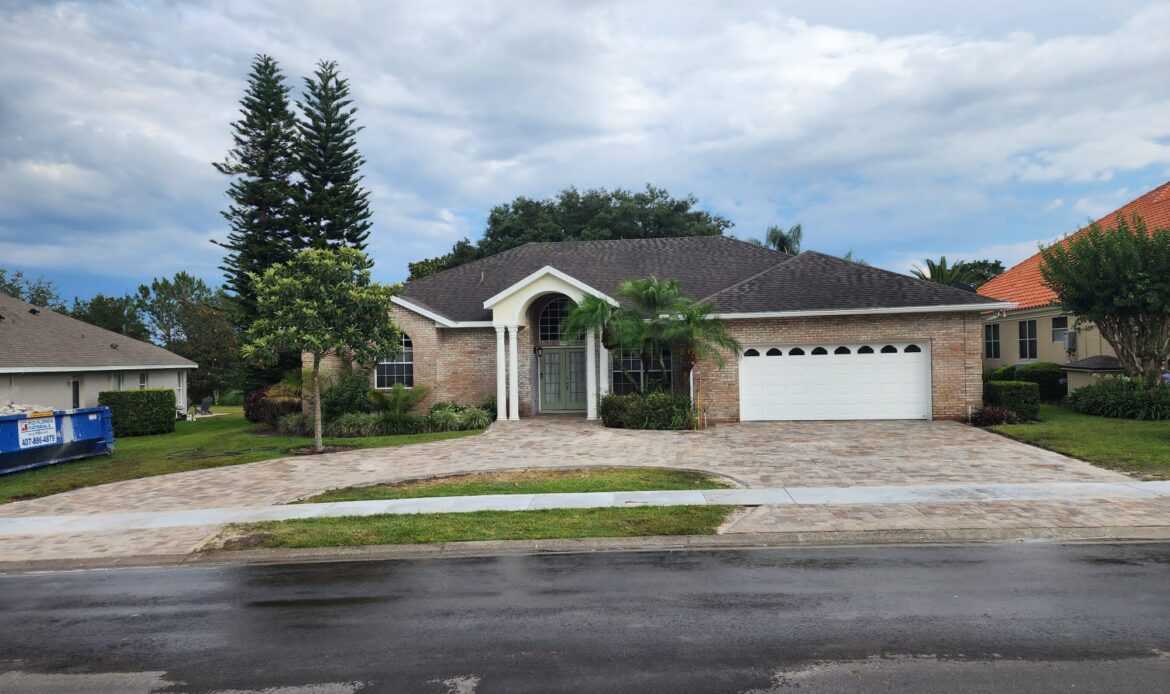Living in Florida offers the luxury of year-round warmth and sunshine, but this hot and humid climate can pose challenges for maintaining your pavers. To keep your outdoor spaces looking pristine, it’s essential to understand how Florida’s weather impacts pavers and implement effective maintenance strategies.
The Impact of Florida’s Climate on Pavers
Intense UV Radiation
Florida’s abundant sunshine exposes pavers to strong ultraviolet (UV) rays, which can fade their natural colors over time, leaving them dull and washed out.
High Humidity and Moisture
The state’s high humidity levels and frequent rainfall can lead to moisture accumulation on paver surfaces. This environment promotes the growth of mold, mildew, and algae, which can make pavers slippery and unsightly.
Heat Exposure
Prolonged exposure to high temperatures can cause certain paver materials to expand and contract, potentially leading to cracks or surface damage.
Tips for Maintaining Pavers in Florida’s Climate
Regular Cleaning
Consistently clean your pavers to remove dirt, debris, and organic growth. Use a pressure washer to eliminate grime and stains, but be cautious not to use excessive pressure, which can damage the paver surface.
Sealing Pavers
Applying a high-quality sealer protects pavers from UV damage, moisture infiltration, and stains. Sealers with UV inhibitors can prevent color fading, while water-repellent properties reduce the risk of mold and mildew growth.
When to Seal: The optimal time to seal pavers in Florida is during the dry season, typically in fall and winter, or early spring before the rainy season begins.
Frequency: It’s recommended to reapply sealer every 2-3 years, depending on the type of pavers, the sealant used, and the amount of traffic they receive.
Managing Joint Sand
The sand between paver joints can wash away over time due to heavy rain and humidity, leading to shifting and uneven surfaces. Replenish joint sand annually to maintain structural integrity and prevent weed growth.
Preventing Weed and Moss Growth
Florida’s humid climate fosters the growth of weeds and moss between pavers. Regularly inspect and remove any growth by hand or with appropriate weed killers. Applying polymeric sand during joint sanding can also help inhibit future growth.
Choosing the Right Paver Material
Select paver materials that can withstand Florida’s climate. Travertine pavers, for example, remain cool under the sun and come in various colors, making them suitable for hot climates.
Conclusion
Maintaining pavers in Florida’s hot and humid climate requires regular attention and proactive care. By understanding the specific challenges posed by the weather and implementing these maintenance tips, you can ensure your pavers remain beautiful and durable, enhancing your outdoor spaces for years to come.

